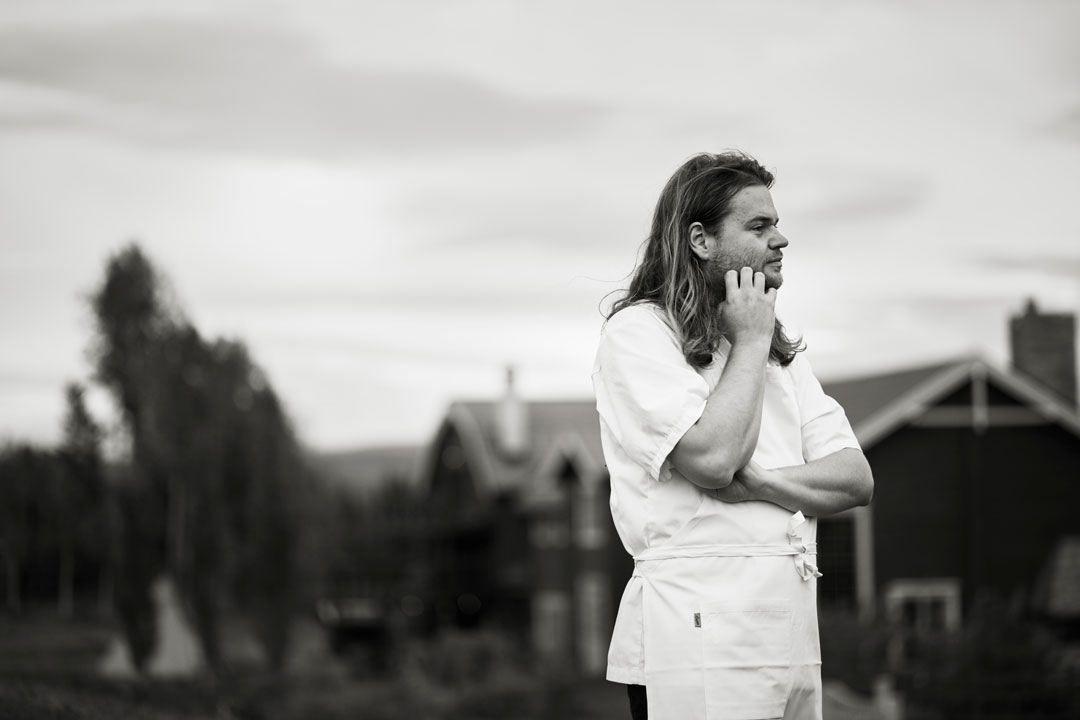
5 things we learned from Magnus Nilsson’s chat in Interview
The chef talks food, architecture and art with the artists Carsten Höller, Rirkrit Tiravanija, and Tobias Rehberger
Want a fresh perspective on food? Then speak to an artist. Chef Magnus Nilsson has been thinking long and hard about his cuisine at Fäviken, his acclaimed restaurant in northern Sweden. However, when the contemporary artists Carsten Höller, Rirkrit Tiravanija, and Tobias Rehberger - who all feature in Phaidon's The Twenty First Century Art Book - stopped by to chat with the chef as part of an Interview magazine feature, Nilsson dug deep into his culinary practices, and even learned a little about food from the artists. Here are our six fine art and foodie take-aways.
Sometimes the freshest fish isn’t the best “In the beginning, I was completely obsessed with having very, very fresh fish,” he explains. “But certain fish such as cod doesn’t taste like anything and has terrible texture when you eat it on the day it’s caught. A turbot that’s been handled the right way can keep for almost a month. As long as the meat is aired, it usually doesn’t go bad. For example, if you put a piece of beef on a rack in your fridge, it can sit there for months.”
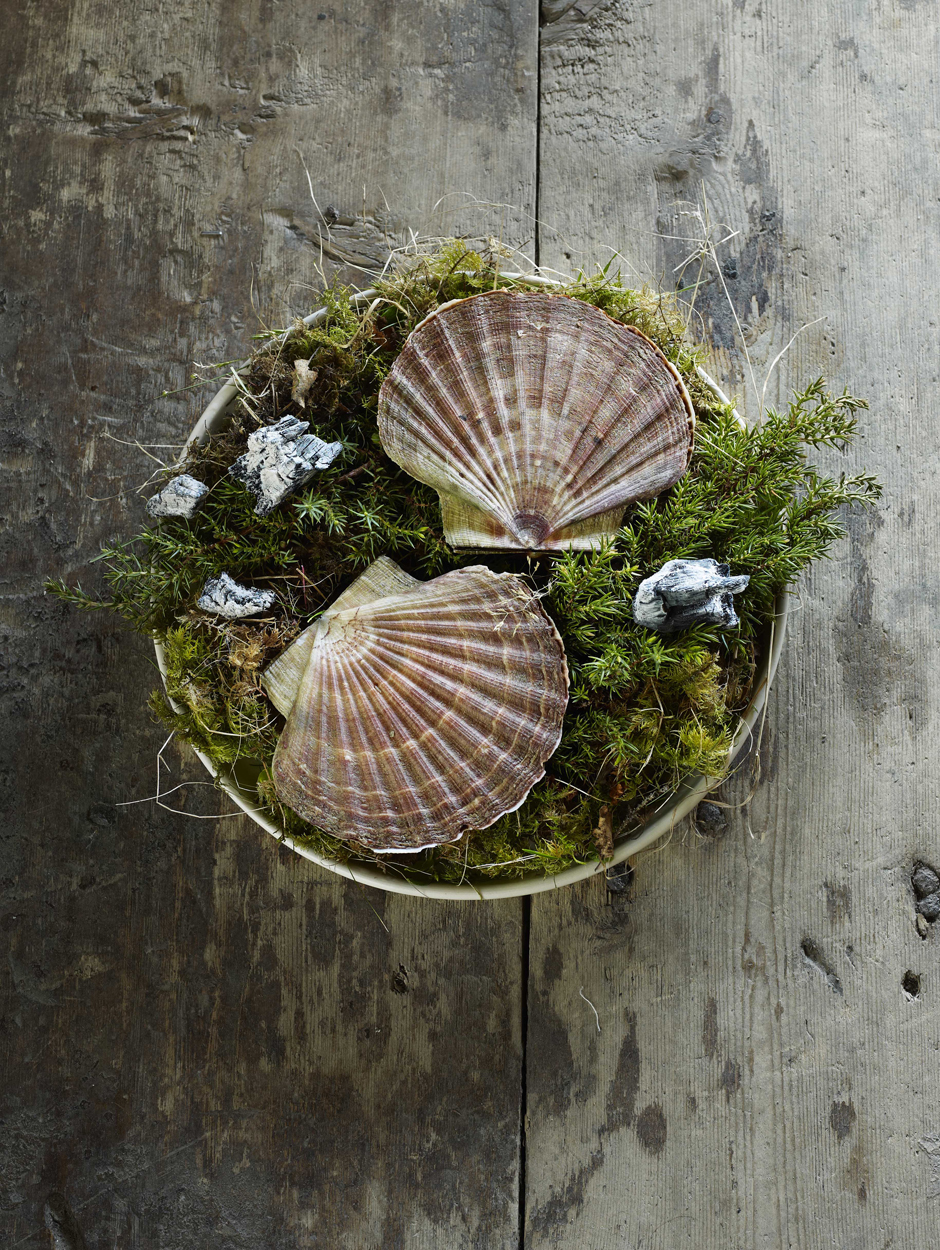
You could, in theory, make a salad dressing out of just salad. While Nilsson attends to the kitchen, the artists discuss whether there might be a way to make a simple vinaigrette, just using the vegetables that go into a salad. Yes, answers Nilsson. “I think it’d be best done with either rapeseed or cabbage,” he explains. “You could make the salad, press the seeds into an oil, and then maybe make a juice out of the rest of it that you ferment into vinegar.”
There’s an (almost) brutalist dish on the Fäviken menu . The term usually describes buildings, not food, but Nilsson tells his diners that the scallop on the menu is “almost brutalist.”
“Why almost?” asks Höller. “Because,” says Nilsson, “it has a bit of butter in it.” That’s a small concession to comfort, but also a culinary necessity, as Nilsson explains, “the scallop will stick to its own shell on the way to the dining room if you don’t smear the shell in butter.”
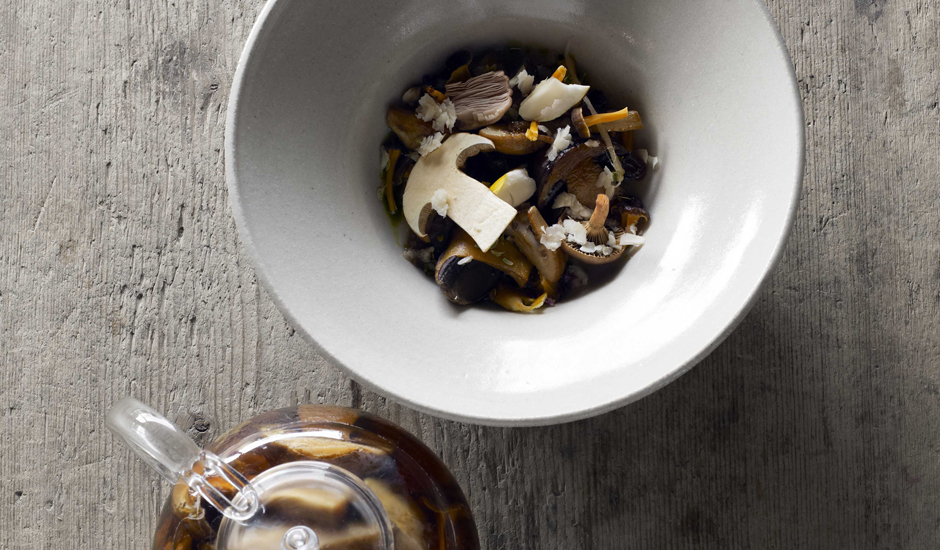
Maybe our guts might be brainier than we thought “There’s been research done about the incredible density of neurons in the gut,” Höller tells the group, “and the idea that the gut is like a second brain, or a thinking organism.” That’s news to Nilsson. “Really?” he says, “I didn’t know that.
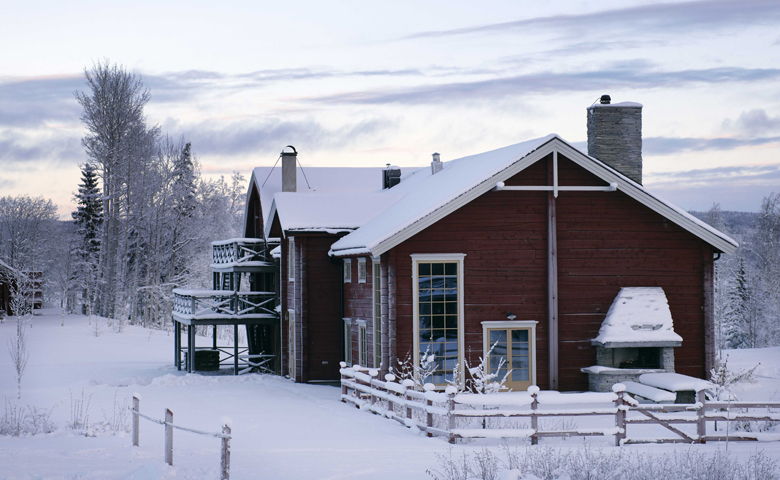
Sometimes, the most unusual thing is right under your nose! Though everything Nilsson serves at Fäviken comes from the restaurant’s estate, there may still be one or two unexploited ingredients hiding in plain sight. “It’s amazing: Up until 15 years ago, no one in Sweden knew that pine mushrooms grew up here,” he says. “But then there was this group of Japanese tourists on a bus tour who went out of the bus to take a pee, and they found it.”
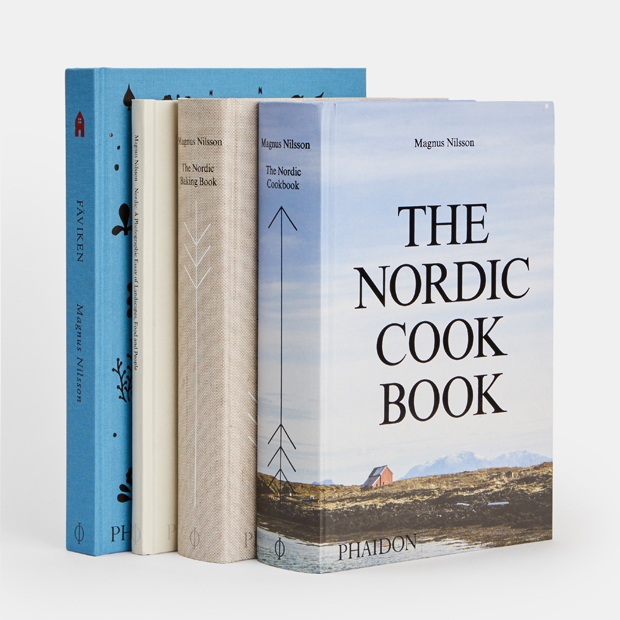
For more on Carsten Höller, Rirkrit Tiravanija, and Tobias Rehberger order The Twenty First Century Art Book; for more on Magnus’s food take a look at these titles.